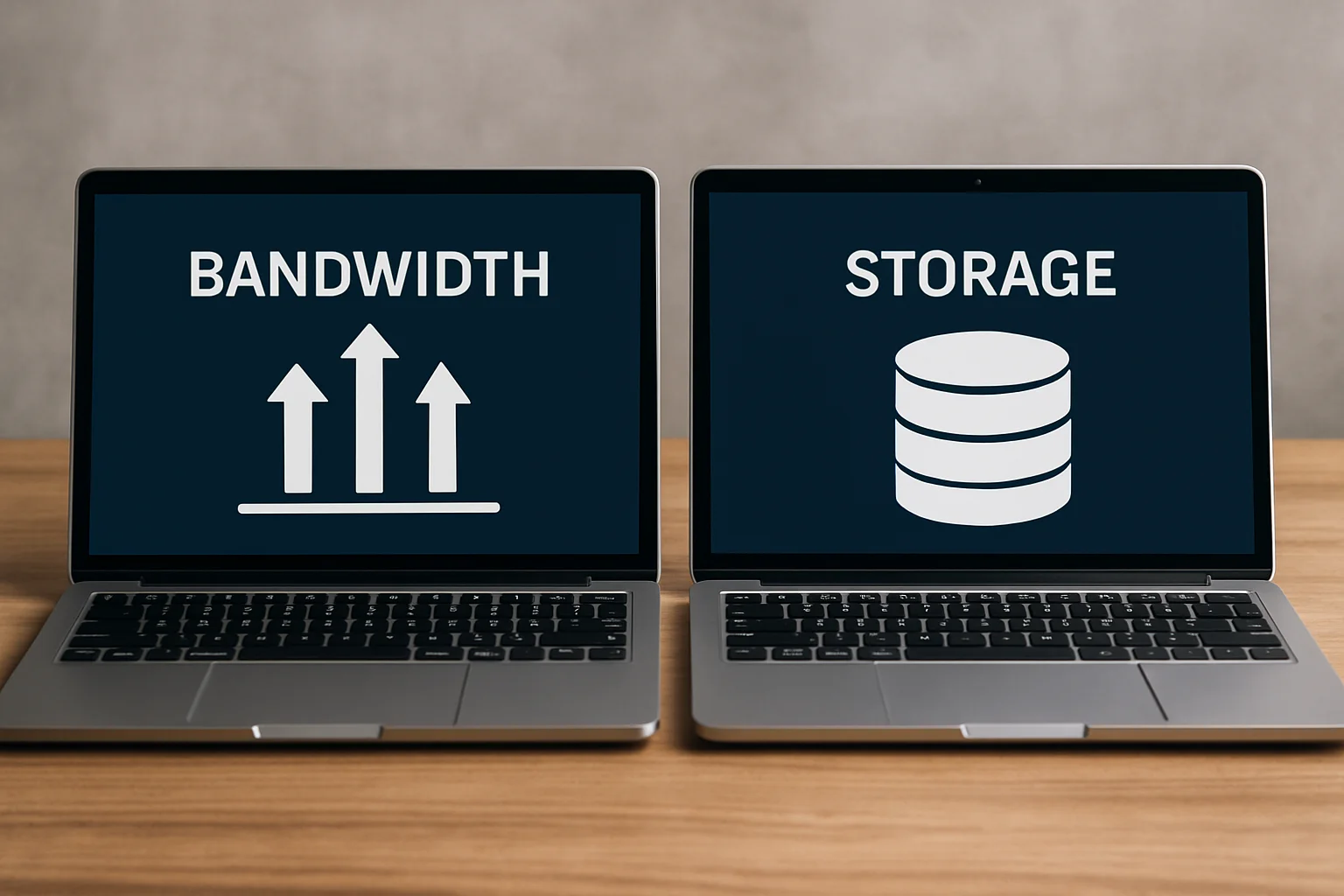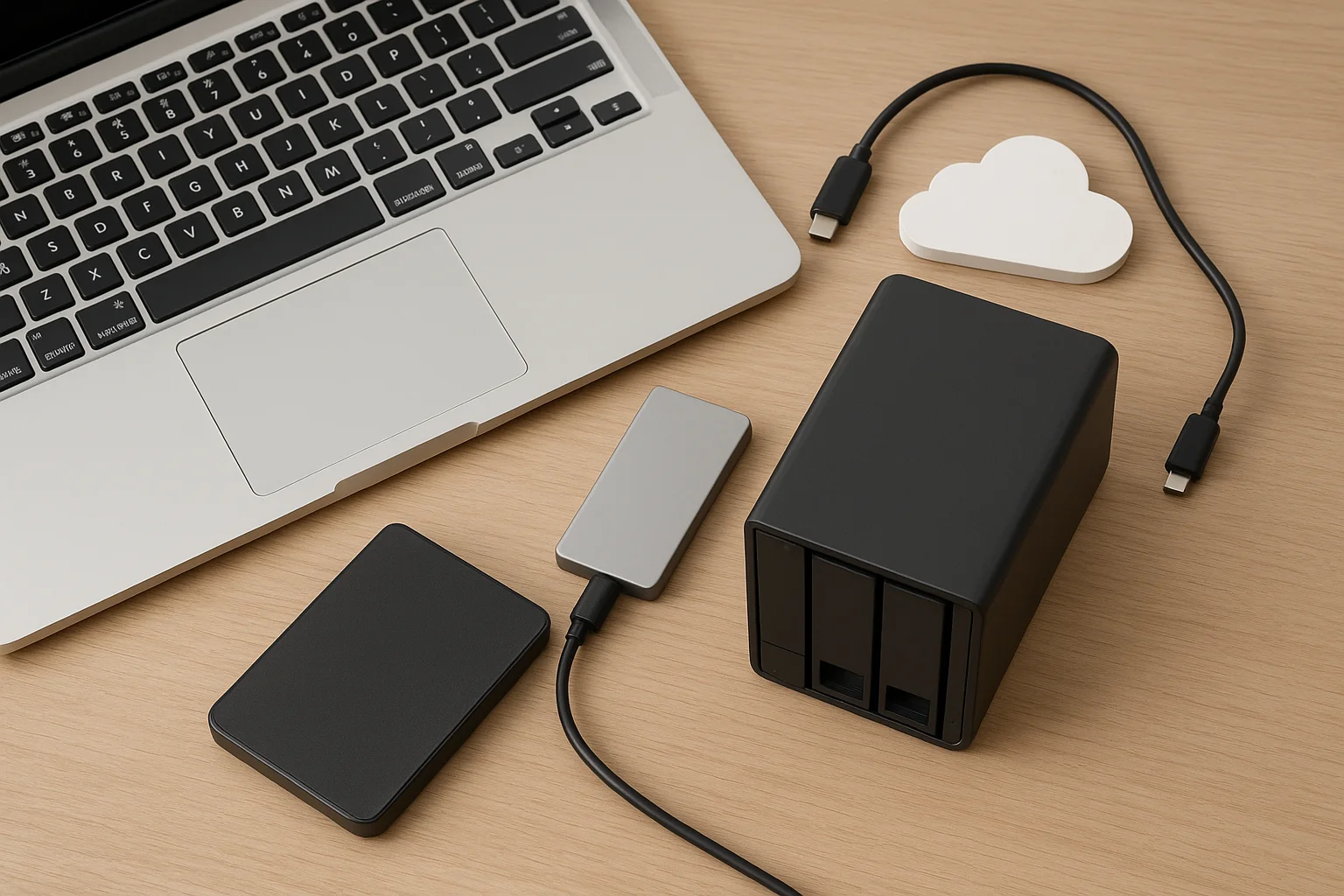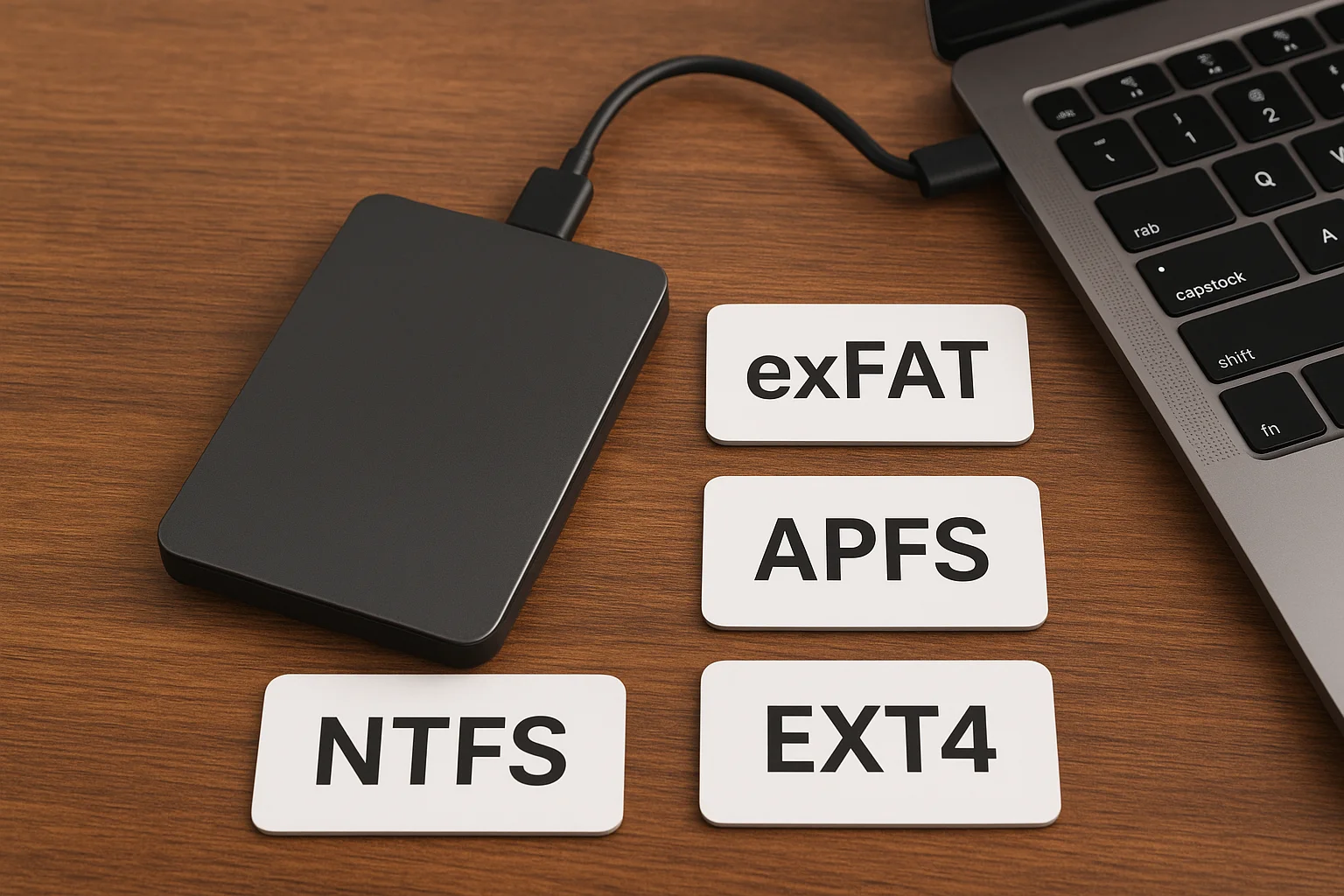What is Bandwidth?
Bandwidth refers to the maximum amount of data that can be transmitted over a network connection in a given amount of time, typically measured in bits per second (bps). It represents the capacity of a connection rather than the actual data being transferred at any moment.
Imagine bandwidth as a highway: the wider the highway, the more cars can travel side by side simultaneously. Similarly, a higher bandwidth means more data can flow through the connection at once, resulting in faster downloads, smoother streaming, and quicker loading times.
Bandwidth is often expressed in units such as kilobits per second (Kbps), megabits per second (Mbps), or gigabits per second (Gbps). For example, a broadband internet connection might offer speeds of 100 Mbps, which means it can theoretically transfer 100 million bits of data each second.
It's important to note that bandwidth is different from speed, although they are closely related. Bandwidth is the volume of data capacity, while speed refers to how quickly data travels through the network. Factors like network congestion, hardware limitations, and signal quality can affect the actual speed experienced by the user.
Bandwidth plays a crucial role in activities that require large amounts of data transfer, such as:
- Streaming high-definition or 4K videos
- Online gaming, where low latency and high data throughput are essential
- Uploading and downloading large files
- Video conferencing and real-time communication
In addition, bandwidth can be either symmetric or asymmetric. Symmetric bandwidth means the upload and download speeds are equal, which is common in business internet services. Asymmetric bandwidth, more typical in home internet plans, provides faster download speeds than upload speeds, as most users download more data than they upload.
Finally, bandwidth is a shared resource in many cases. For example, in a home network, multiple devices such as smartphones, laptops, and smart TVs share the same bandwidth. This sharing can affect performance, especially when many devices are active simultaneously.
What is Storage?
Storage refers to the hardware or system used to save, retain, and access data on a device over time. Unlike bandwidth, which deals with the flow of data, storage is about the space where data is kept permanently or for long-term use.
There are several common types of storage:
- Hard Disk Drives (HDDs): Mechanical devices that store data on magnetic platters. They usually offer large capacities at a lower cost but tend to be slower and more vulnerable to physical damage.
- Solid State Drives (SSDs): Use flash memory to store data without moving parts. They are much faster than HDDs and consume less power, but typically cost more per gigabyte.
- Cloud Storage: Virtual storage accessible via the internet, where data is saved on remote servers. It provides flexibility and accessibility with features like automatic backup and easy sharing.
Storage capacity is measured in units like gigabytes (GB) and terabytes (TB), indicating how much data can be held. For example, a 1 TB drive can store roughly 1,000 gigabytes of data, which could include hundreds of thousands of photos or hundreds of hours of video.
Beyond the type of storage, various technologies and setups affect performance, including:
- Local Storage: Data stored directly on a device such as a computer, smartphone, or server.
- Network Attached Storage (NAS): A dedicated device accessible by multiple users over a local network.
- Cloud Storage: Data stored online, accessible from anywhere, often with automatic syncing.
Storage management also involves how data is organized, backed up, and secured. File systems like NTFS, FAT32, or exFAT structure the storage medium to allow efficient and reliable access.
Finally, storage capacity directly impacts how many applications, media files, documents, and system data you can keep. Insufficient storage can lead to system slowdowns or an inability to save new files.
Bandwidth vs Storage: Key Differences
While both bandwidth and storage are fundamental concepts in computing and digital communication, they serve distinct purposes and operate in different ways.
The primary difference lies in their function: bandwidth determines the capacity and speed of data transfer across a network, whereas storage refers to the capacity to save and retain data over time.
To illustrate this difference, think of bandwidth as the size of a pipeline that controls how much water (data) can flow through at once, while storage is like the size of a reservoir that holds the water for future use.
Another key distinction is their units of measurement:
- Bandwidth is measured in bits per second (bps), such as Mbps or Gbps, indicating how much data can be transmitted every second.
- Storage is measured in bytes (usually gigabytes or terabytes), representing how much data can be saved permanently or temporarily.
Additionally, bandwidth impacts real-time activities such as streaming, video calls, and online gaming, where the speed of data transfer is critical. In contrast, storage affects how much content you can keep accessible locally or in the cloud, influencing your ability to save files, install applications, and maintain backups.
It’s also important to note that bandwidth is a transient resource: it enables data to move, but does not hold it. Meanwhile, storage is persistent: it retains data even when devices are powered off.
Finally, management and upgrading differ between the two. Increasing bandwidth often involves changes to network infrastructure or service plans, whereas expanding storage usually means adding physical drives or subscribing to cloud storage services.
How to Choose the Right Bandwidth and Storage for Your Needs
Selecting the appropriate bandwidth and storage depends largely on your specific use cases, budget, and future growth plans. Understanding your requirements upfront helps avoid overspending or facing limitations.
When evaluating bandwidth needs, consider factors such as:
- Number of users or devices: More connected devices require higher bandwidth to maintain smooth performance.
- Types of activities: Data-intensive tasks like streaming 4K video, online gaming, or video conferencing demand higher bandwidth compared to simple web browsing or email.
- Upload vs download requirements: If you frequently upload large files (e.g., content creators or businesses), look for plans with higher upload speeds or symmetric bandwidth.
- Network reliability and latency: For real-time applications, low latency and consistent bandwidth are as important as raw speed.
For storage selection, keep these points in mind:
- Capacity: Estimate how much data you currently store and how quickly that might grow. This includes files, applications, backups, and multimedia content.
- Performance: SSDs offer faster data access and system responsiveness compared to traditional HDDs, which can be critical for certain applications.
- Portability and accessibility: Cloud storage solutions provide easy access from multiple devices and locations, ideal for collaboration and off-site backups.
- Data security and backup: Consider storage options with encryption, redundancy, and automated backup features to protect against data loss.
- Cost considerations: Balance between upfront costs (hardware) and ongoing fees (cloud subscriptions) based on your budget.
It’s also useful to think about scalability: choose bandwidth and storage solutions that can grow with your needs without requiring a complete overhaul. For example, many internet service providers offer tiered bandwidth plans, and cloud storage providers allow easy upgrades.
Finally, when in doubt, consult with a technology specialist or your service provider to get recommendations tailored to your unique requirements and expected usage patterns.






